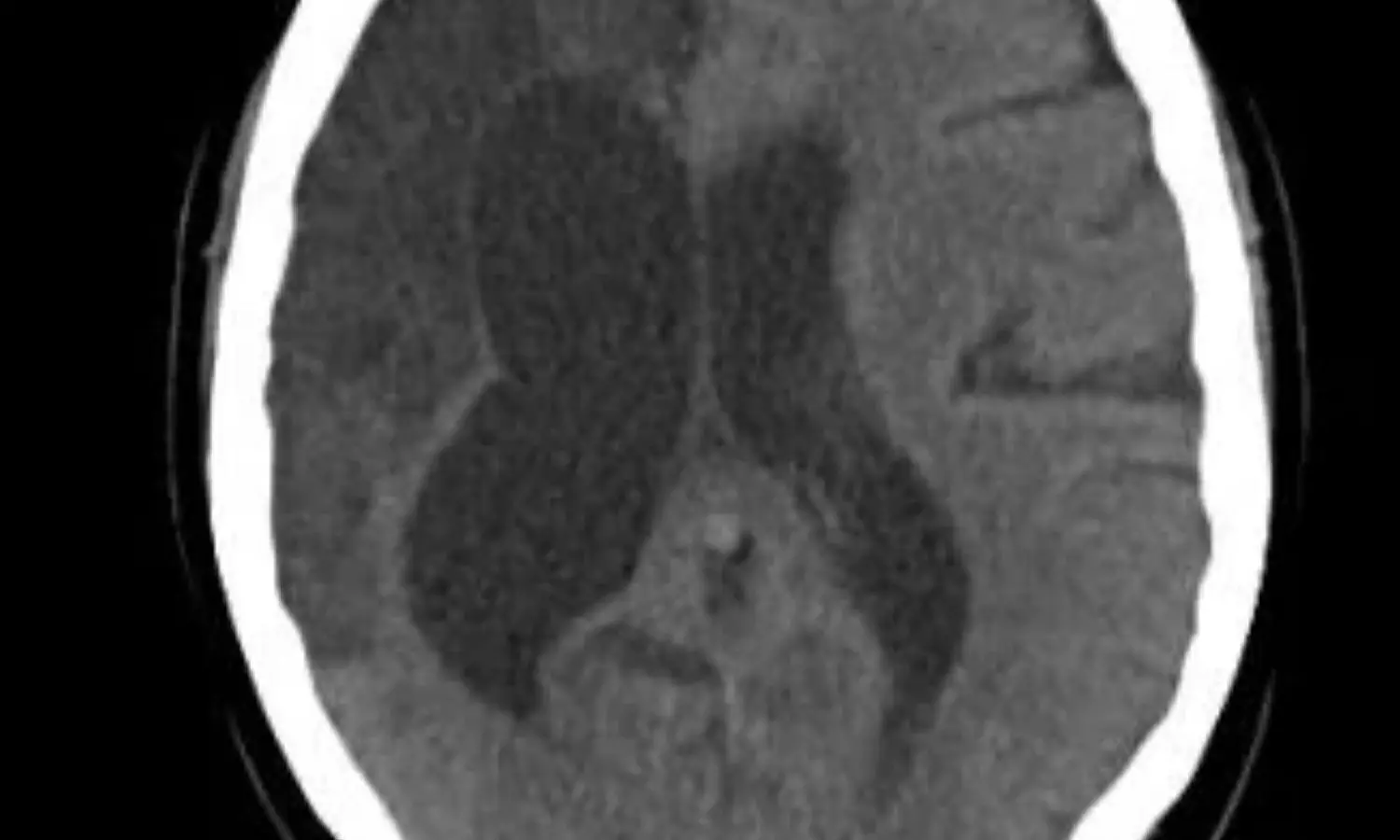- Home
- Medical news & Guidelines
- Anesthesiology
- Cardiology and CTVS
- Critical Care
- Dentistry
- Dermatology
- Diabetes and Endocrinology
- ENT
- Gastroenterology
- Medicine
- Nephrology
- Neurology
- Obstretics-Gynaecology
- Oncology
- Ophthalmology
- Orthopaedics
- Pediatrics-Neonatology
- Psychiatry
- Pulmonology
- Radiology
- Surgery
- Urology
- Laboratory Medicine
- Diet
- Nursing
- Paramedical
- Physiotherapy
- Health news
- Fact Check
- Bone Health Fact Check
- Brain Health Fact Check
- Cancer Related Fact Check
- Child Care Fact Check
- Dental and oral health fact check
- Diabetes and metabolic health fact check
- Diet and Nutrition Fact Check
- Eye and ENT Care Fact Check
- Fitness fact check
- Gut health fact check
- Heart health fact check
- Kidney health fact check
- Medical education fact check
- Men's health fact check
- Respiratory fact check
- Skin and hair care fact check
- Vaccine and Immunization fact check
- Women's health fact check
- AYUSH
- State News
- Andaman and Nicobar Islands
- Andhra Pradesh
- Arunachal Pradesh
- Assam
- Bihar
- Chandigarh
- Chattisgarh
- Dadra and Nagar Haveli
- Daman and Diu
- Delhi
- Goa
- Gujarat
- Haryana
- Himachal Pradesh
- Jammu & Kashmir
- Jharkhand
- Karnataka
- Kerala
- Ladakh
- Lakshadweep
- Madhya Pradesh
- Maharashtra
- Manipur
- Meghalaya
- Mizoram
- Nagaland
- Odisha
- Puducherry
- Punjab
- Rajasthan
- Sikkim
- Tamil Nadu
- Telangana
- Tripura
- Uttar Pradesh
- Uttrakhand
- West Bengal
- Medical Education
- Industry
Symmetric collateral pattern at CTA identifies slow-progressing stroke: Study

Boston, Mass: Dr Robert W Regenhardt, and team have found in a secondary analysis of a clinical trial that Symmetric CTA Collaterals Identify Patients with Slow-progressing Stroke Likely to Benefit from Late Thrombectomy. In patients with large vessel occlusion not treated with reperfusion therapies, symmetric collateral pattern at CT angiography was common and highly specific for low ischemic core growth rate and small 24-hour ischemic core volume as assessed at diffusion-weighted MRI.
The findings of the study are published in the Radiology journal.
The researchers wrote, "a symmetric collateral pattern at CT angiography was common and highly specific for low ischemic core growth rate for 24-hour volume assessed by diffusion-weighted MRI in patients with no treatment for large vessel occlusion by reperfusion therapies."
Ischemic heart disease (IHD) is the main global cause of death, accounting for over more than 9 million deaths in 2016 according to the World Health Organization. Interpretation of ischemic core growth rate (IGR) is crucial for patients with slow-progressing large vessel occlusion (LVO) stroke who may benefit from delayed endovascular thrombectomy (EVT).
The objective of the study was to evaluate whether symmetric collateral pattern at CT angiography (CTA) can help to identify patients with low IGR and small 24-hour diffusion-weighted MRI ischemic core volume in patients with LVO not treated with reperfusion therapies.
The study was a secondary analysis of clinical trial data from before EVT became standard of care from January 2007 to June 2009, patients with anterior proximal LVO not treated with reperfusion therapies were evaluated. All patients underwent admission CTA and at least three MRI examinations at four-time points over 48 hours. Arterial phase CTA collaterals at presentation were categorized as symmetric, malignant, or other. Diffusion-weighted MRI ischemic core volume and IGR at multiple time points were determined.
The results of the study were
• A total of 31 patients with median National Institutes of Health Stroke Scale (NIHSS) score of 13. Collaterals were symmetric (45%), malignant (13%), or other (42%).
• At 24 hours, median ischemic core volumes were as follows: symmetric, 28 cm3; other, 156 cm3; and malignant, 176 cm3 (P < .001). Median IGR was also different.
• After multivariable adjustment, independent determinants of higher presentation IGR included only higher NIHSS (parameter estimate [β = 0.20] and worse collaterals (β = –2.90). The only independent determinant of 24-hour IGR was worse collaterals.
• Symmetric collaterals had sensitivity of 87% and specificity of 94% for 24-hour ischemic core volume less than 50 cm3.
Regenhardt and the team concluded that "In patients with large vessel occlusion not treated with reperfusion therapies, symmetric collateral pattern at CT angiography was common and highly specific for low ischemic core growth rate and small 24-hour ischemic core volume as assessed at diffusion-weighted MRI. After further outcome studies, collateral status at presentation may prove useful in triage for endovascular thrombectomy, especially when MRI and CT perfusion are unavailable."
Reference: https://doi.org/10.1148/radiol.2021210455
Medical Dialogues consists of a team of passionate medical/scientific writers, led by doctors and healthcare researchers. Our team efforts to bring you updated and timely news about the important happenings of the medical and healthcare sector. Our editorial team can be reached at editorial@medicaldialogues.in.
Dr Kamal Kant Kohli-MBBS, DTCD- a chest specialist with more than 30 years of practice and a flair for writing clinical articles, Dr Kamal Kant Kohli joined Medical Dialogues as a Chief Editor of Medical News. Besides writing articles, as an editor, he proofreads and verifies all the medical content published on Medical Dialogues including those coming from journals, studies,medical conferences,guidelines etc. Email: drkohli@medicaldialogues.in. Contact no. 011-43720751


